Affiliate links on Android Authority may earn us a commission. Learn more.
Quick impressions: Using Tizen on the Samsung Z4
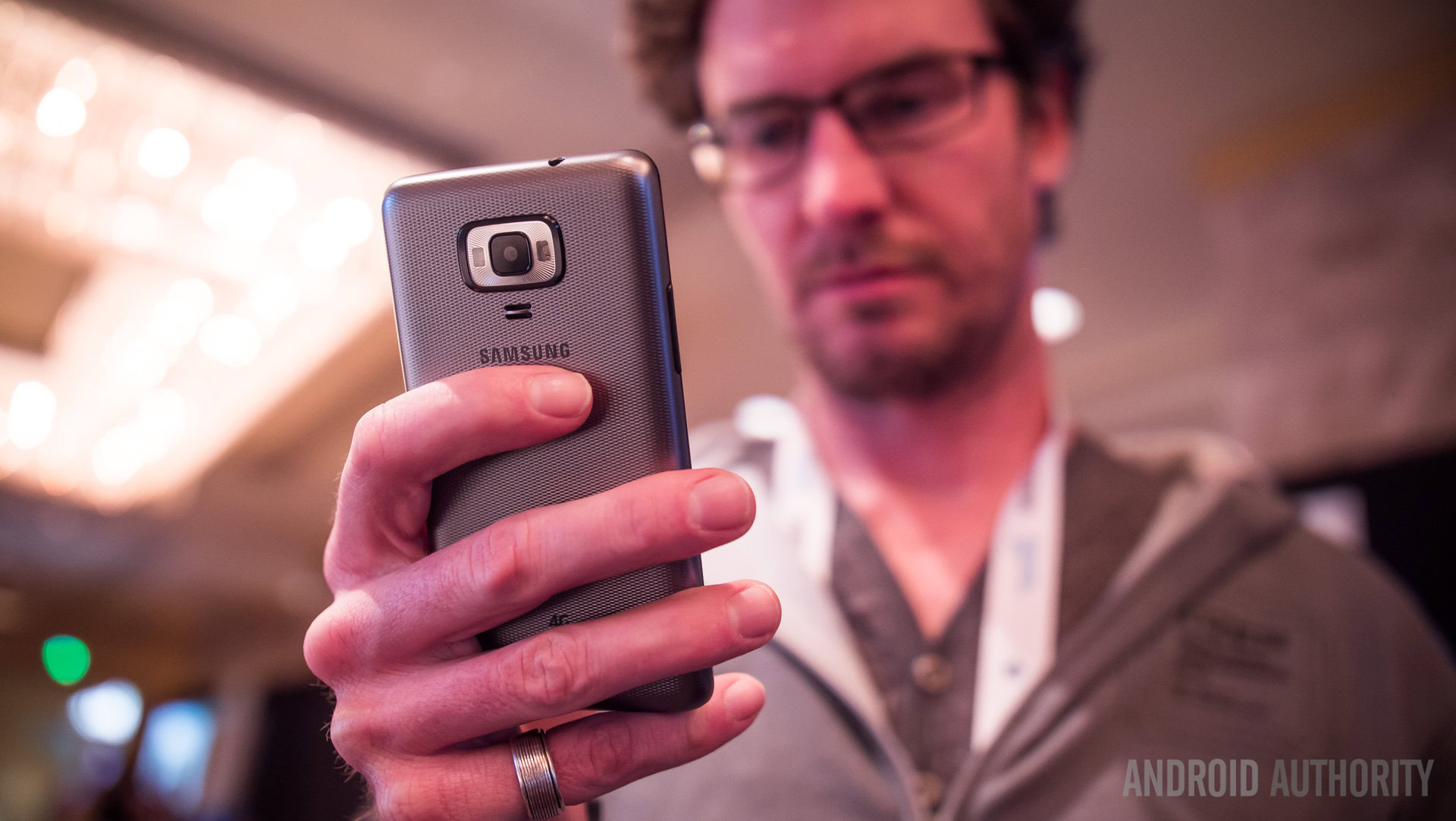
Just before Google I/O 2017, Samsung held their Tizen Developer Conference in San Francisco, where a number of announcements were made around the launch of Tizen 4.0.
With an apparent surge in app development, Samsung has been able to provide Tizen in its own devices ranging from the Gear S3 smartwatch to TVs and a fridge. But mobile Tizen has been, thus far, relegated to budget phones. The latest of these is a sub-$100 device made initially for India and it is called the Samsung Z4.
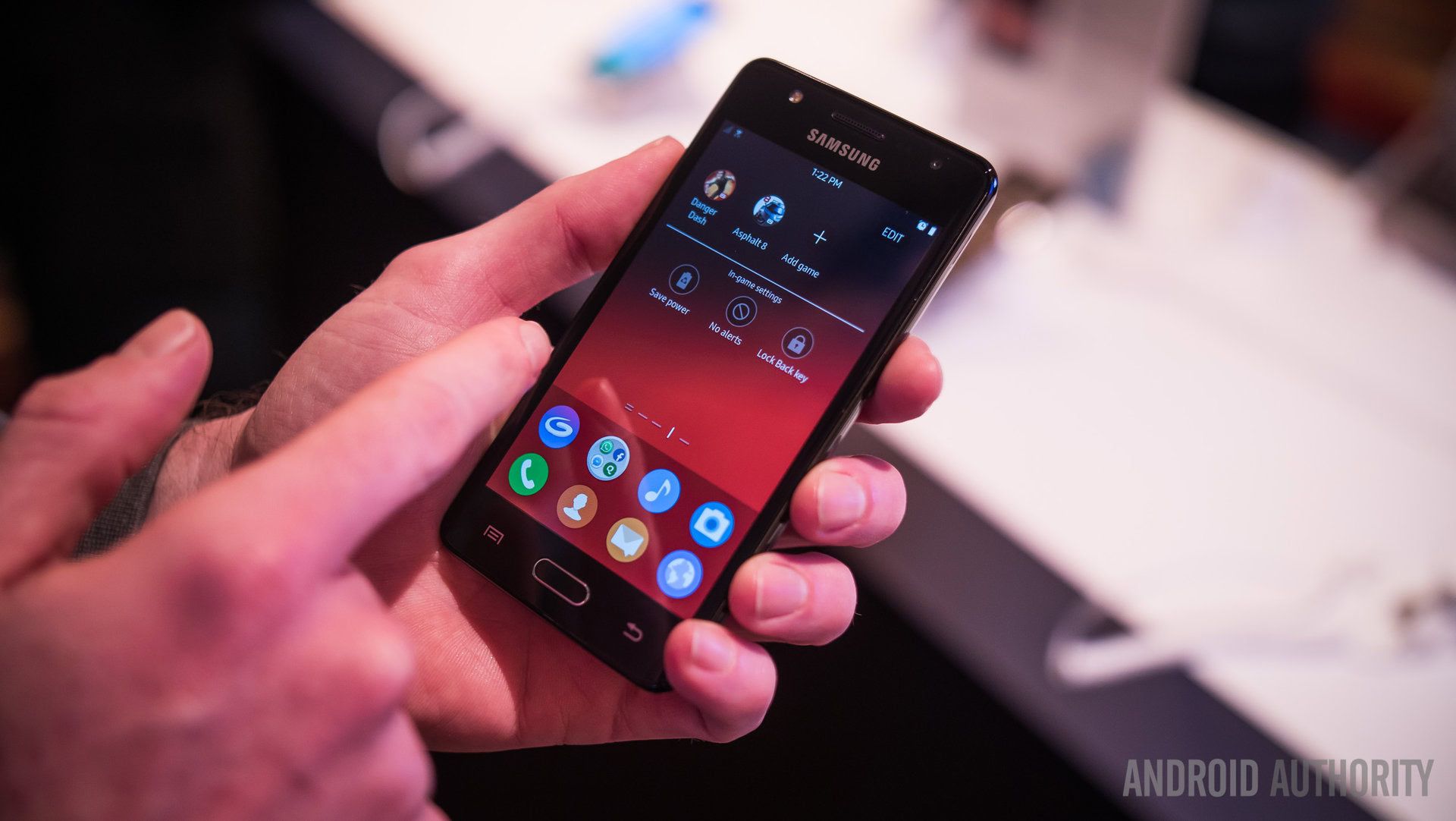
There is no pretense to the Z4 – it looks and feels like a bona fide budget phone. A typical plastic build all around is broken up by the tactile home button (flanked by capacitive keys) and certain backings that may have some texture to them.
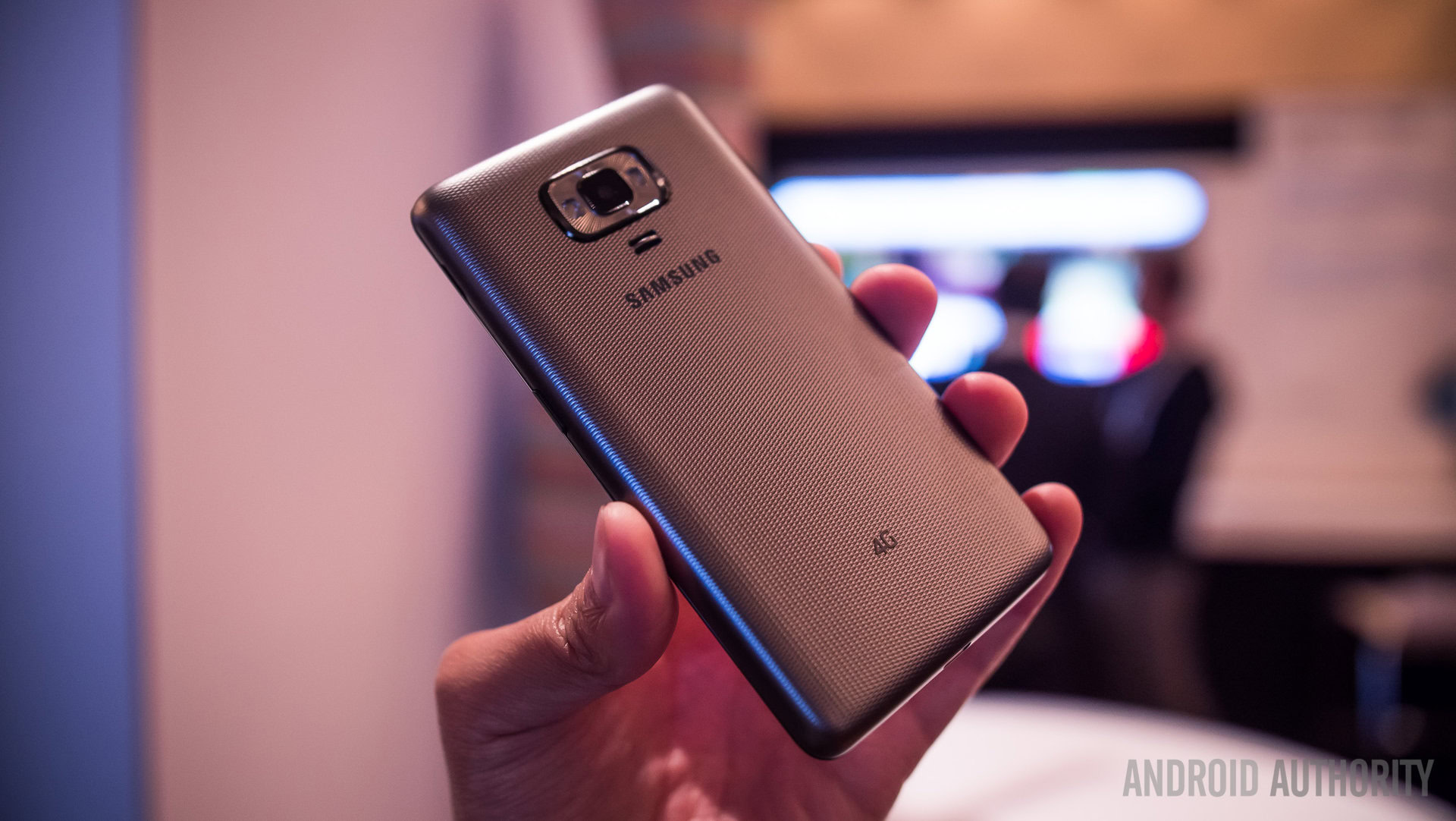
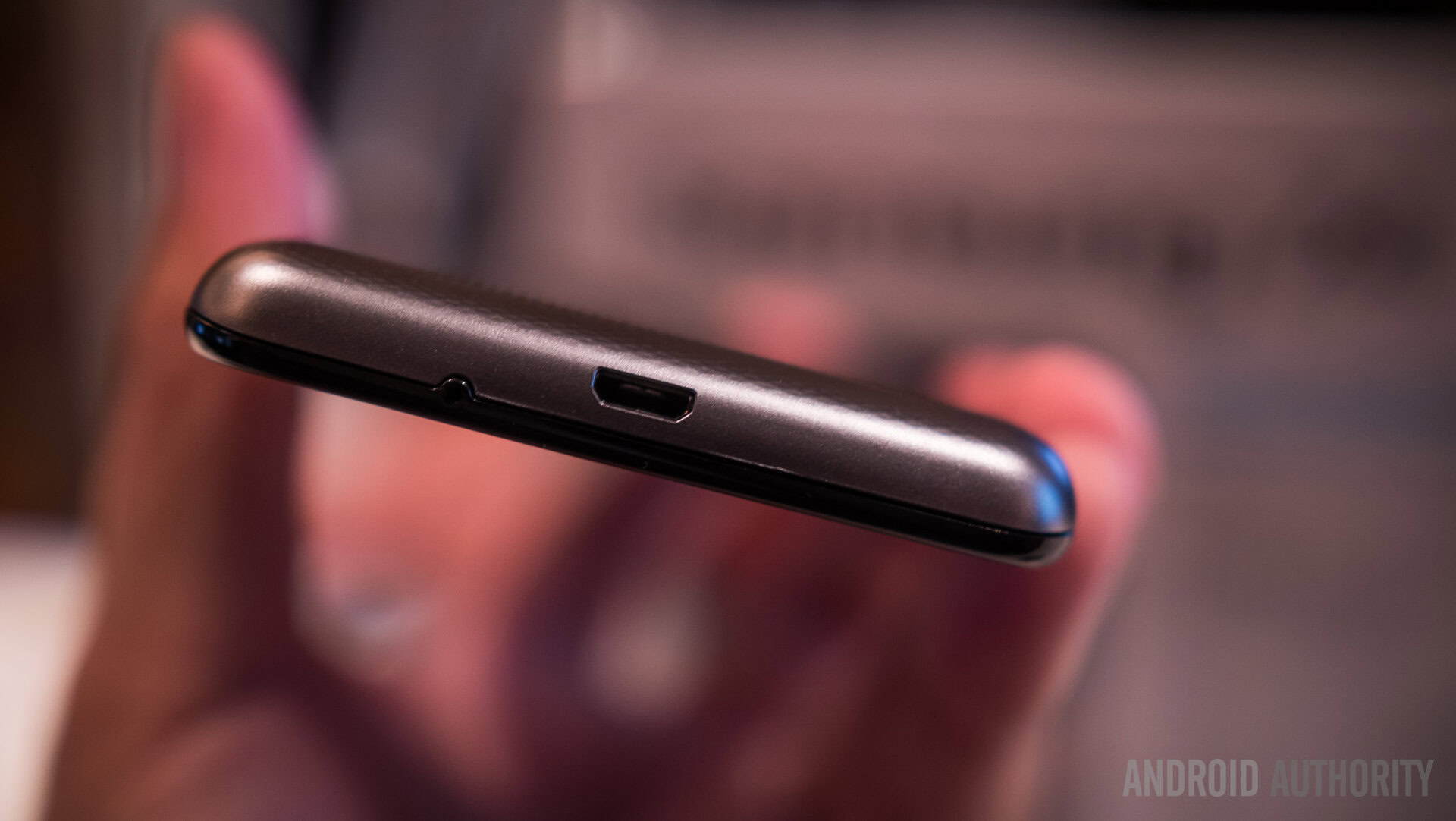
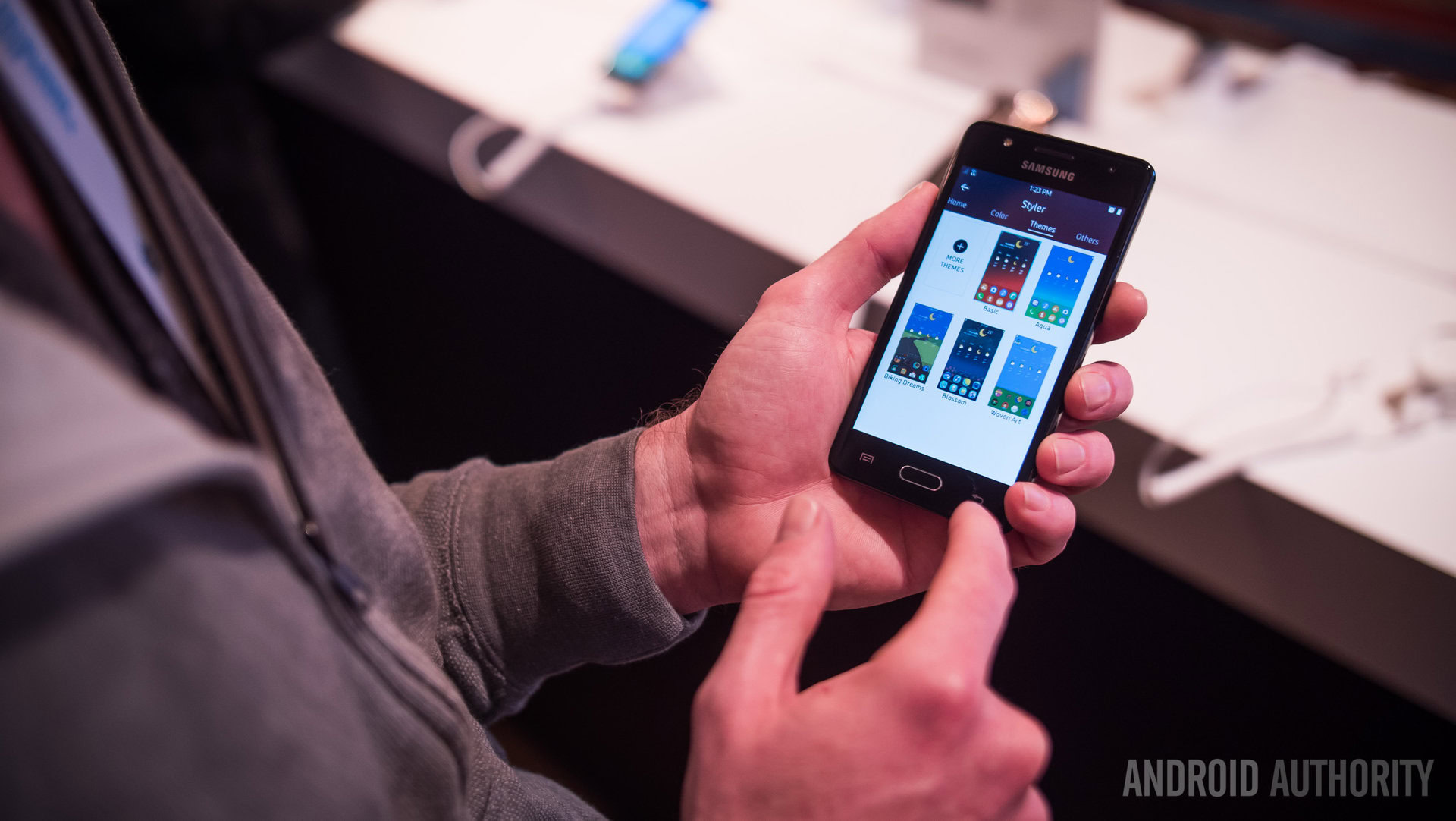
Its size also exudes frugality, as the display sports a 480 x 800 resolution in a 4.5-inch size. Though we had very few expectations going into the Z4, the display seemed to get the job done adequately for users that are really looking for a budget device. Basically, you get what you pay for, but you also get a decent experience.
The Samsung Z4 seems designed for fairly simple communication and productivity tasks. But the Spreadtrum processor that powers the device performed fairly smoothly through the different apps we opened up – even a port of Asphalt 8 was on the phone, and Kris played through a full round before saying it wasn’t all bad.
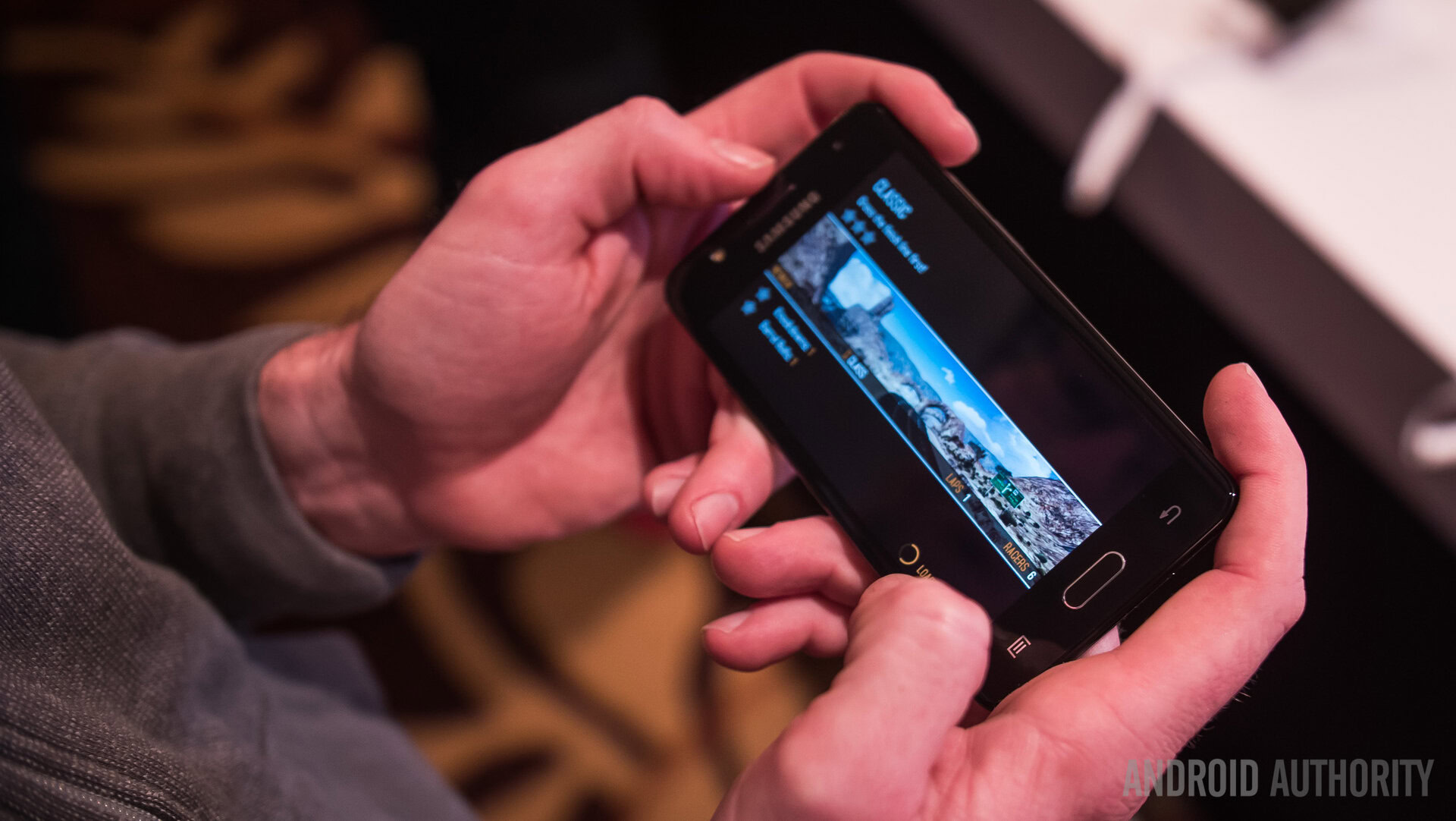
The rest of the specifications are on the level of early Android One devices that targeted some of the same emerging markets. Only 1 GB of RAM is included and the power specs are basically antiquated now, as the Z4 sports a micro-USB port and a 2050 mAh unit.
The cameras are both 5MP, and though we are certain that pictures will be just decent at best, we were impressed with the amount of modes that Samsung included. If nothing else, there can be some fun to be had when taking those rather low resolution photos or videos.
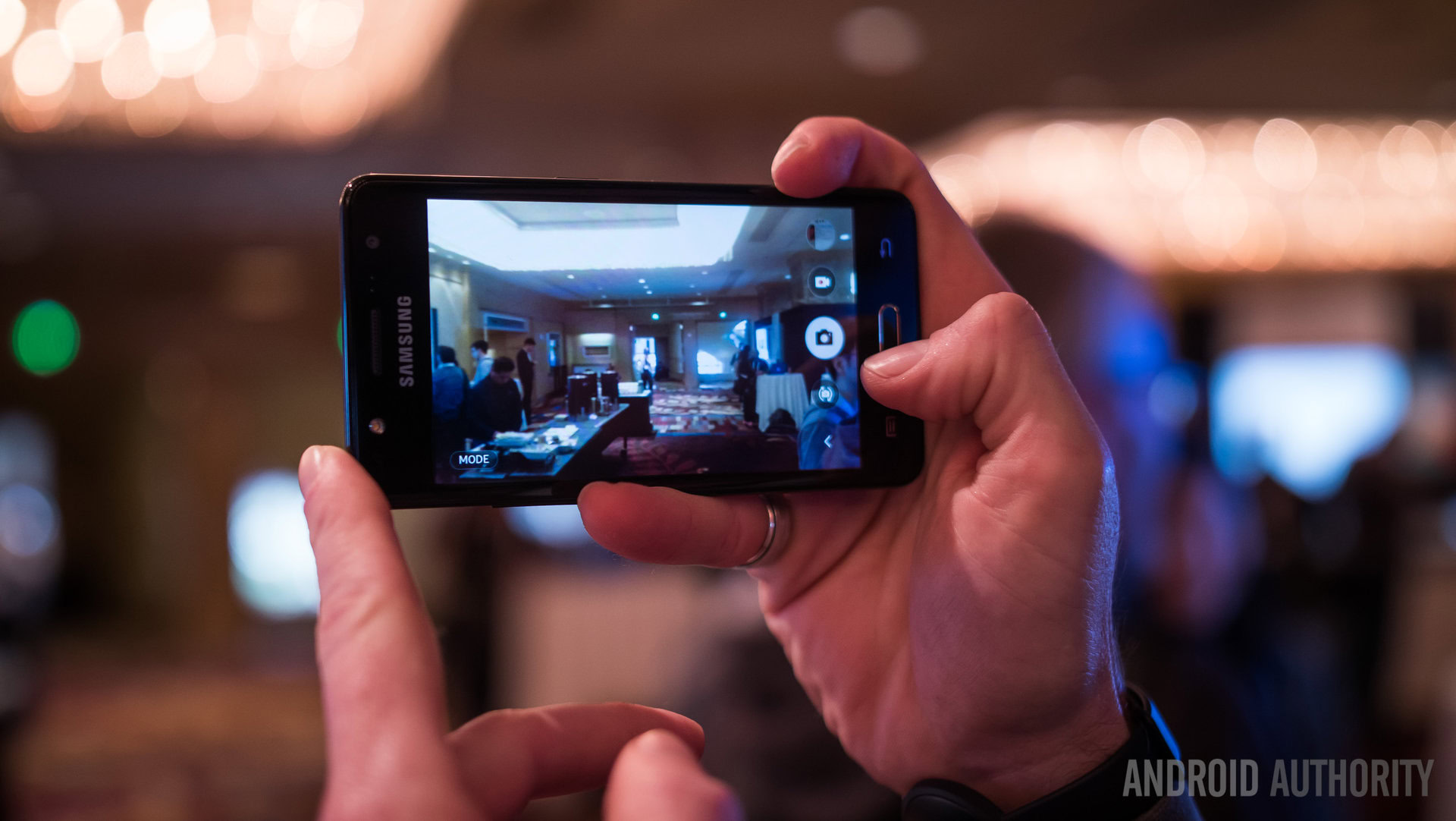
It is obvious that the Tizen ecosystem is still pretty young, so applications are pretty far and few between. Samsung claims that there are a ton of developers ready to bring version 4.0 to a whole new level, but recent reports about Tizen’s security holes could keep some bigger names from making the port leap.
Glympse, a popular GPS app, was one of the main speakers during their keynote and announced its new features made available for the television version of the operating system. A mobile site loaded, not an app, when we opened YouTube, and this shouldn’t be surprising considering the size of the Tizen ecosystem right now. But if Tizen were to get on more high-profile devices, the absence of major apps like YouTube would be a significant adjustment and significant drawback on the daily.
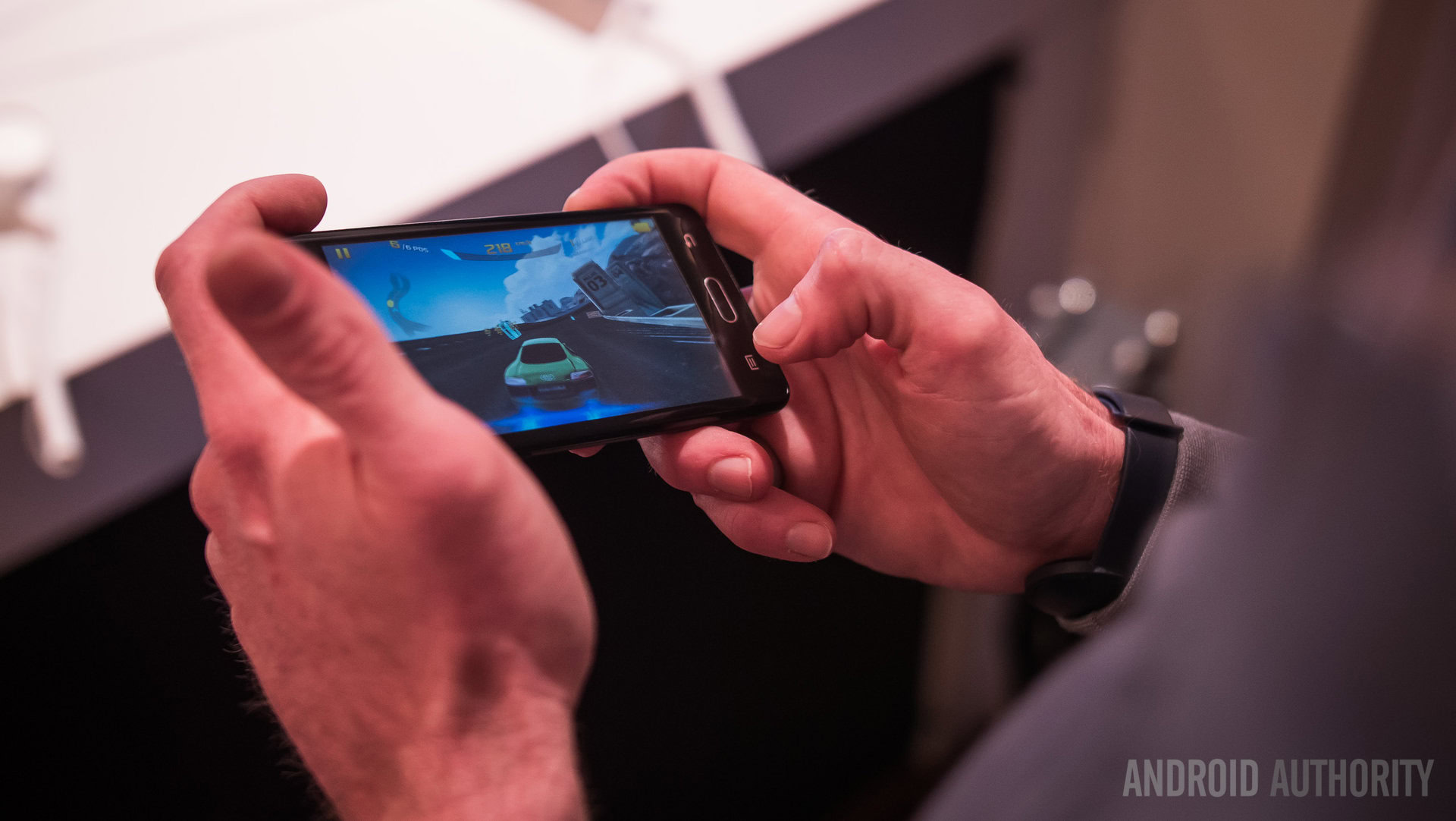
Though there are plans to bring the Samsung Z4 to other places, its current presence will be limited to India. The price in India roughly translates to about $100 in the United States, which makes this phone a sure competitor to entry-level Android phones that are geared for emerging areas of the world.
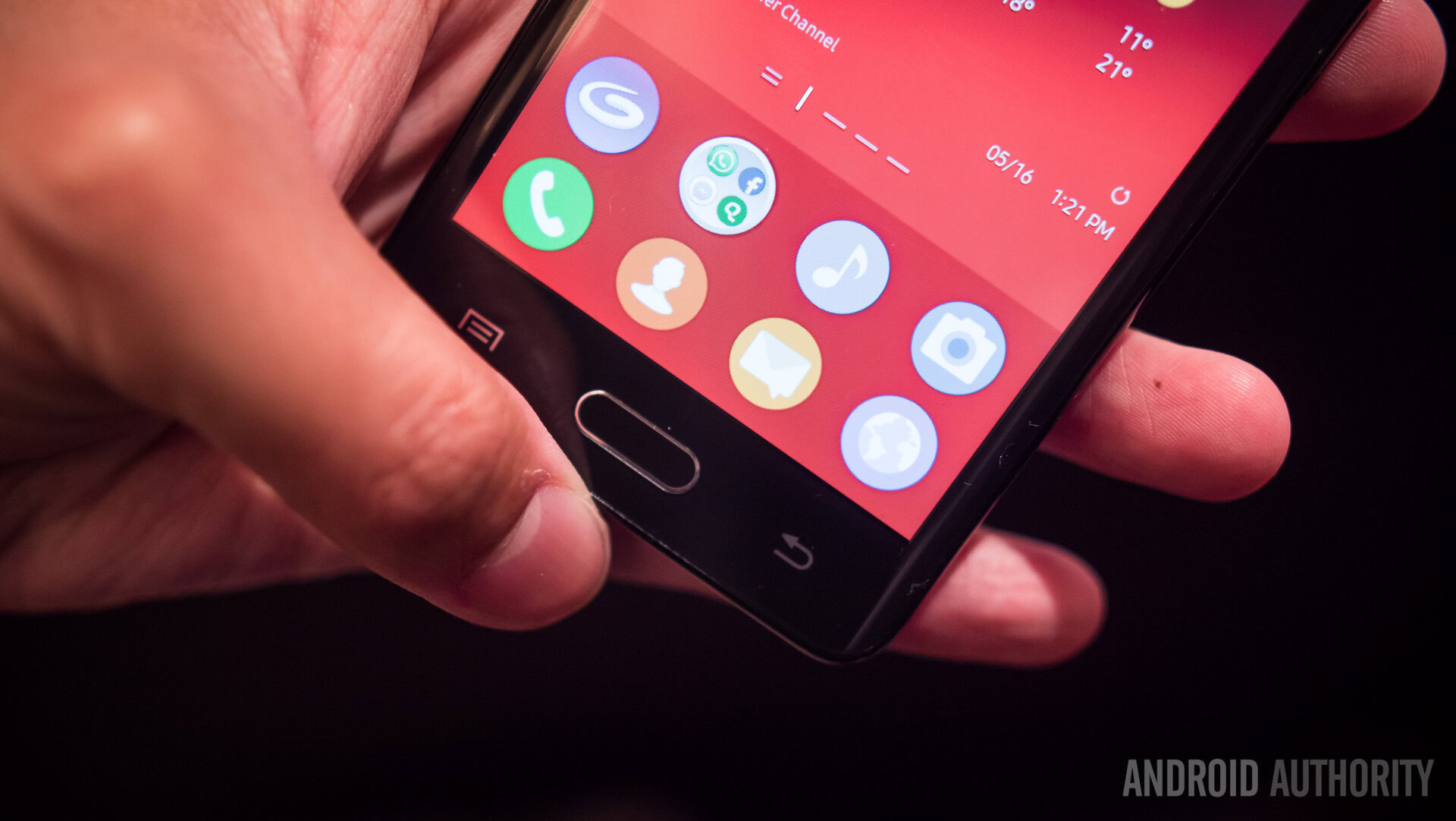
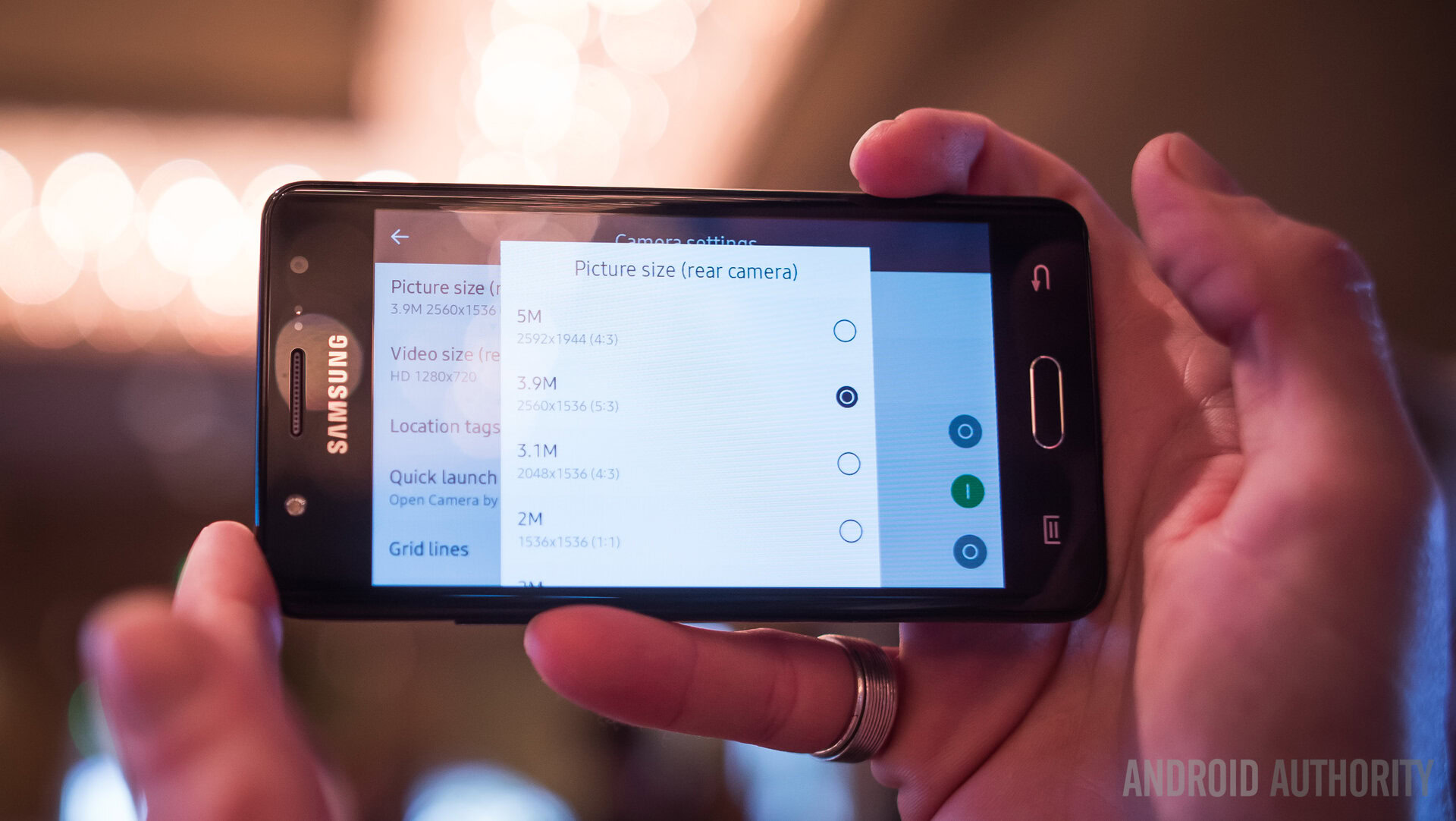
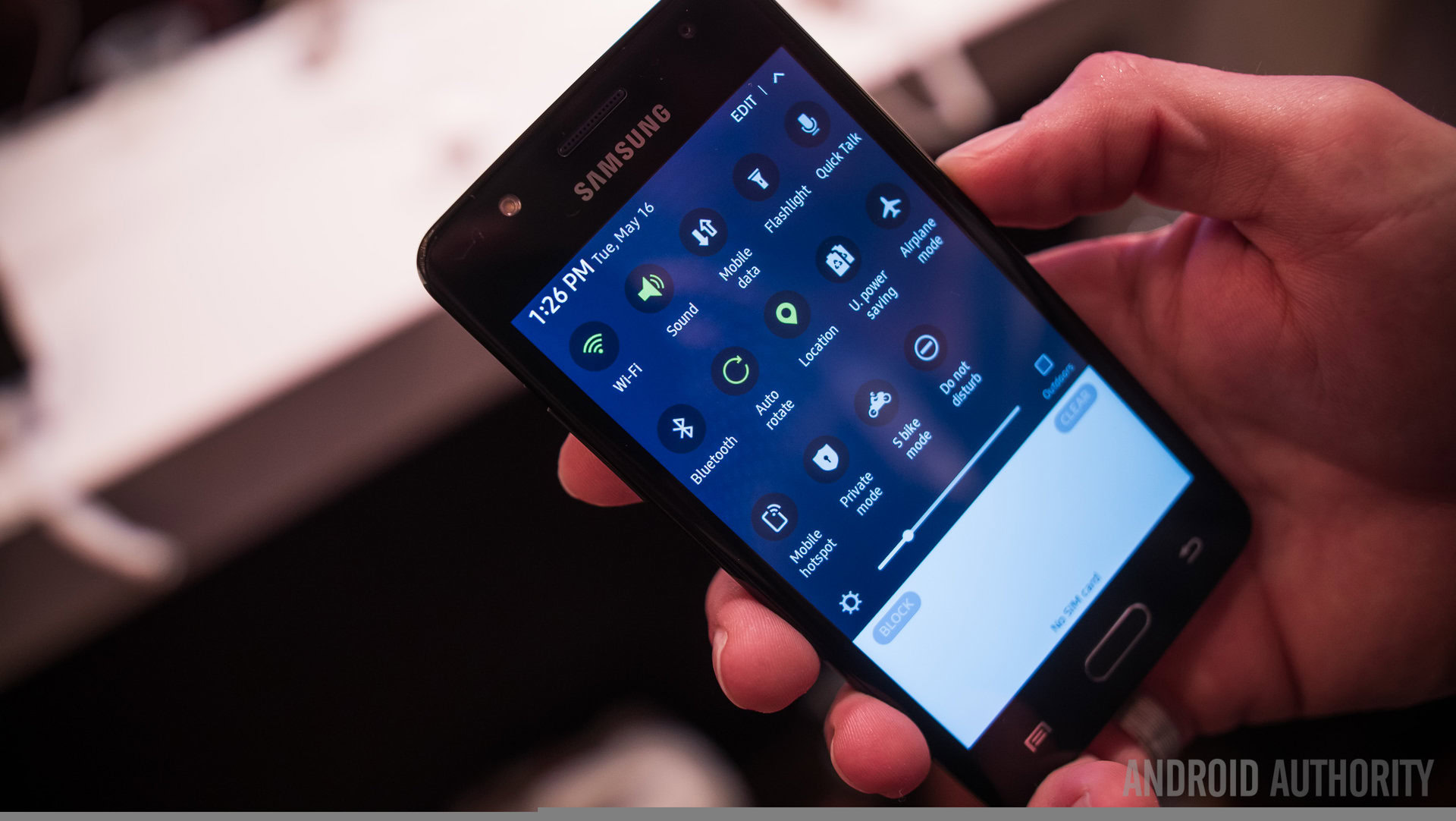
With very little by the way of processing requirements, Tizen has looked smooth and, at least, fairly consistent when it comes to the most basic of tasks, despite the lower-end nature of the Z4’s hardware. We’ll see where Samsung takes their slowly growing Android alternative in the future.